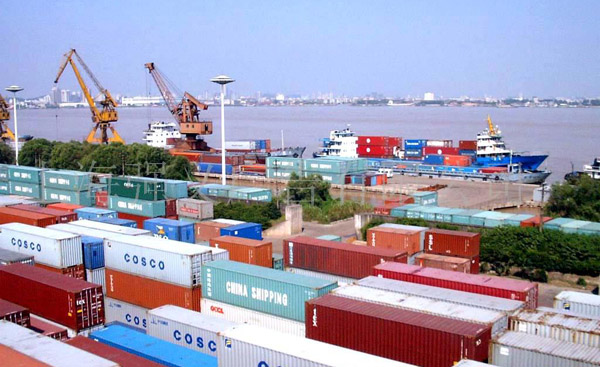A synchronous upturn across major economies is reviving hopes that a multiyear lull in global trade is finally reversing and will lift emerging markets that built their economies around exports.
In Asia, the world's factory floor, exports are up sharply, including gains of 18.5% from a year ago in South Korea, 11% in Singapore and 20% in Vietnam. Chinese exports are up 5.5%, a rebound from the past two years, when exports contracted, Dow Jones reported.
But it may be too early to celebrate. Much of the export growth in Asia this year comes from a jolt of demand for semiconductors, partly to power smartphone launches like the iPhone X. That chip demand is expected to fade next year. Economists warn some of the recent gains look strong when compared with 2016, a weak year for global trade, but that year-over-year comparisons will become less favorable in 2018.
Headwinds facing global trade are still blowing. Washington is pressing ahead with challenges to its trading partners, including Korea and China. Indeed, rising trade tensions were evident at a Pacific Rim summit Friday, when President Donald Trump repudiated decades of US support for multilateral trade liberalization in the region. Debt levels are growing across the world, including in China, which could constrain future consumption and investment.
Demographic trends may also make it harder for goods trade to accelerate, as aging populations in the developed world spend more on services like health care. Some Asian exporters have demographic challenges of their own, including shrinking pools of low-cost labor.
"We think it's not going to last," Trinh Nguyen, senior economist at Natixis, said of the recent strong export numbers for some countries. "I don't think trade is going to contract, but I think the growth rate is going to slow."
Of course, any new demand for exports is welcome in Asian countries that built their economic models around selling to the rest of the world.
Europe, a key trading partner for Asian economies, is finally emerging from its post-financial crisis hangover, fueling demand for everything from sneakers to electronics. In Japan, long-depressed consumption has risen steadily this year. US growth has picked up in the nation's eighth year of expansion.
Buoyed by global growth, South Korea's gross domestic product expanded at the fastest pace in seven years last quarter and is expected to grow a healthy 3% this year. Singapore's economy grew at its fastest pace in more than three years last quarter, and the government says it expects growth to approach 3%, too.
Yet while 3% is considered solid growth for both countries today, it is slow compared with the 1980s and 1990s, when South Korea and Singapore regularly grew well above 10%. Even during the 2000s, both countries consistently notched 5% growth.
And while the World Trade Organization estimates global trade will grow 3.6% in 2017, that pales in comparison to the two decades leading up to the financial crisis, when annual trade grew at an average of about 6% a year.


